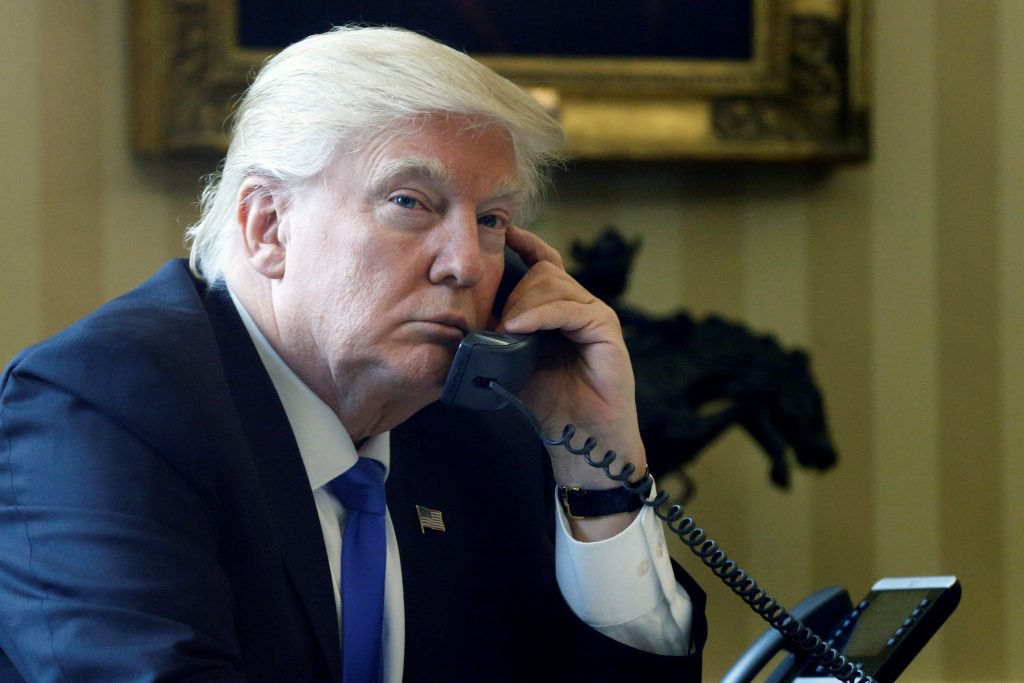
On 12 February, the US president had a telephone conversation with Russian dictator Vladimir Putin. This event officially launched the public part of the negotiation process on a truce in the Russian–Ukrainian war, which was to be mediated by the United States. On the same day, Donald Trump spoke with Ukrainian President Volodymyr Zelenskyy. Afterwards, the White House host confidently stated that both Putin and Zelenskyy wanted peace. And he said that his phone calls with both politicians went very well.
Perhaps, in mid-February, the new US administration really believed that it could quickly achieve a truce in the Russian–Ukrainian war and declare its outstanding foreign policy success. During the negotiation process, we heard many compliments from Trump to Putin. We also went through a stage of pressure on Ukraine with the suspension of military aid. There were also negative comments and accusations directed at the Ukrainian president. The discussions around the agreement on minerals became an additional background to the negotiation process. But a month later, it became clear that none of this was working.
On 11 March, during talks with the Ukrainian delegation in Saudi Arabia, the United States proposed the option of an immediate and complete 30-day truce in the Russian–Ukrainian war. Zelenskyy said that evening that Ukraine was ready. But Putin clearly demonstrated that he was not interested in a ceasefire. Instead, he began to come up with various excuses to prevent Russia from agreeing to an immediate peace.
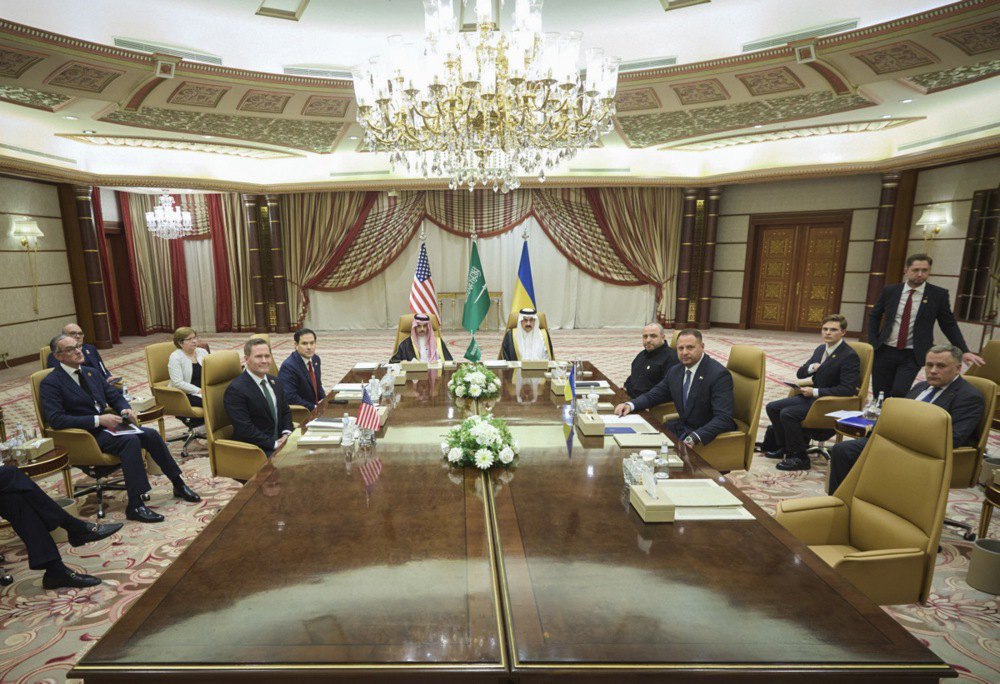
In diplomatic terms, the Russian president sent Trump away. From that moment on, the United States had to finally close the stage of persuading Putin to peace and move to coercion from a position of strength. But Trump did not have the will or the willpower to do so. Washington decided to continue to persuade Moscow. Only now it was no longer about a comprehensive truce, but about a moratorium on strikes on the energy sector and in the Black Sea.
The toothless position of the United States and Trump’s empty threats to impose powerful sanctions emboldened the Kremlin. On 27 March, during a conversation with the crew of the Arkhangelsk nuclear submarine, Putin made several points that can be considered an outright declaration of Russia’s unwillingness to cease fire. Among them: the demand for external governance for Ukraine, the involvement of the DPRK in negotiations, and the threat to finish off our country this year.
Russia seems to be doing everything it can to demonstrate its unwillingness to make peace and convince Trump that Moscow is not interested in it. This is evidenced by the unwillingness to discuss a ban on strikes on civilian infrastructure and Putin’s spokesman Peskov’s statement about lifting the moratorium on strikes on energy.
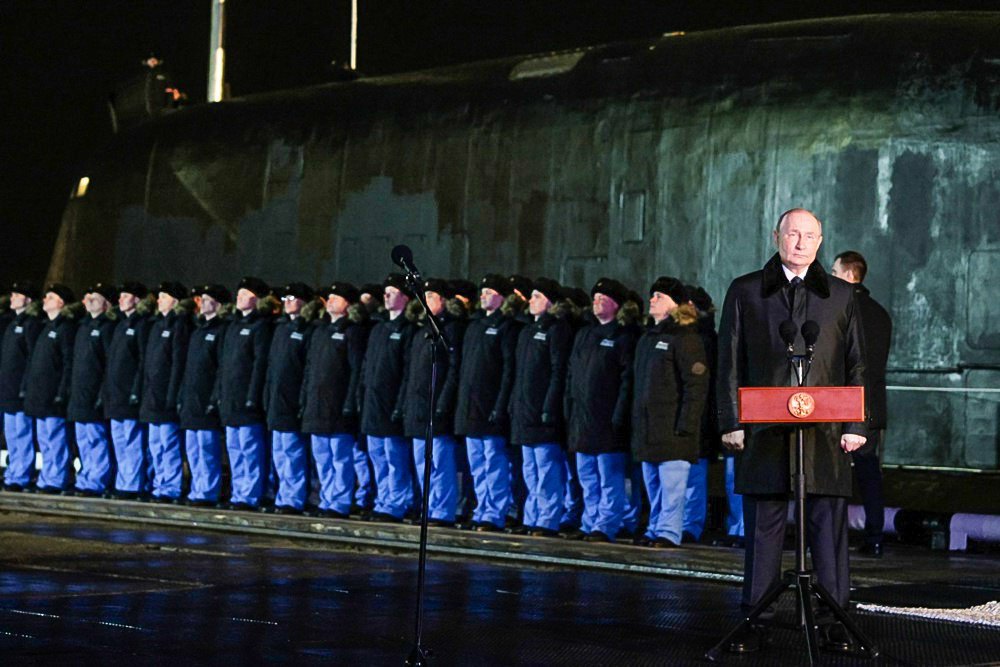
Obviously, the Russian dictator is planning to launch a new offensive during the spring and summer campaign and still believes in the possibility of a military victory over Ukraine. He also does not take seriously the Trump administration’s threats of serious sanctions. Instead, Washington – with its unwillingness to see Russia’s apparent disregard for peace initiatives – seems increasingly helpless.
On 25 March, CIA Director John Ratcliffe and Director of National Intelligence Tulsi Gabbard presented a report to the Senate on global threats, in which US intelligence agencies stated: “Putin shows no signs of winding down his war against Ukraine.” This inspires modest hope that Trump will eventually have to come to the same conclusion. However, it does not remove the question of what he will do after being forced to realise this obvious fact.
Most likely, the negotiations will continue for some time, but rather by inertia, as Russia has no sincere desire for peace, makes completely unrealistic demands, is not ready to make concessions, and believes that it will be able to find itself in a better position after some time as a result of the continuation of hostilities.
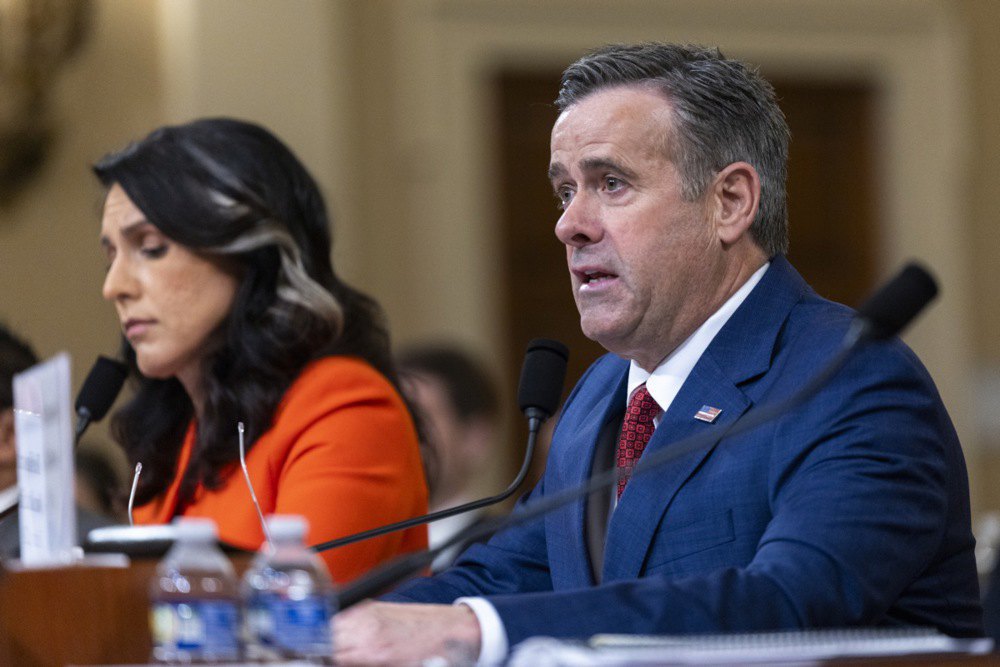
The Trump administration can ignore Russia’s behaviour for some time to come. Pretend that everything is under control and there are chances for peace. But the hundred days of the administration are ticking away. Meanwhile, this is the deadline set by the owner of the White House for the practical implementation of his peace initiatives. However, the prospects for a truce are not getting any closer – rather even further away. If a ceasefire is not achieved by the end of this deadline, Trump will have to choose one of the following scenarios: put pressure on Ukraine to make new concessions and pressure on Russia to finally hurt it. Or simply withdraw from active negotiations and switch to other issues.
Which option will Trump choose? Ukraine has good reason to be sceptical about the actions of the current US administration. But recently, the media has begun to leak information that the US presidential administration is gradually growing irritated with Russia. Allegedly, Trump – who has been led by the nose by Putin for at least two months and made to look weak – has begun to suspect something.
On 30 March, Finnish President Alexander Stubb, who met with his American counterpart and played golf with him, said that Trump’s patience with Russia was running out. On the same day, in a conversation with journalists, Trump announced the introduction of secondary duties “on all oil coming from Russia” if he believed that Russia had disrupted the truce talks. He set a deadline of one month for this.
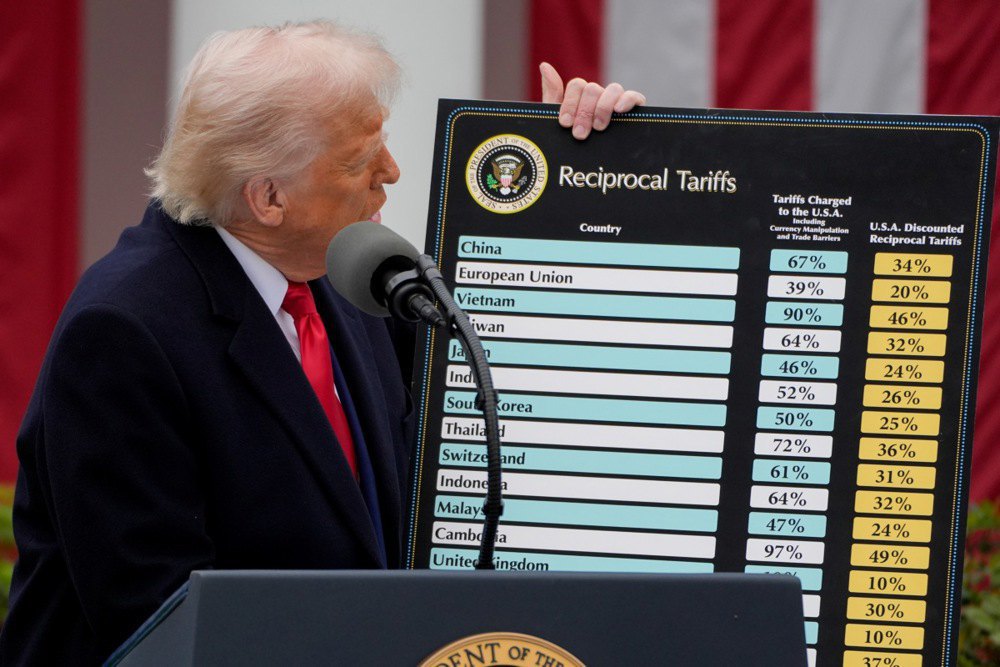
On 1 April, 50 members of the US Senate, representing the Republican and Democratic parties, presented a bipartisan bill that would impose sanctions on Russia if it refuses to abandon the peace agreement to end the war against Ukraine. Among the means of putting pressure on the aggressor is a 500% duty on goods imported from countries that continue to buy oil, gas, uranium and other goods from Russia.
But to put pressure on Russia, the political will of the American president is needed.
It is said that a gun and a kind word can achieve much more than just a kind word. Trump has a gun. But he has not yet shown enough determination to put it to Putin’s temple.








